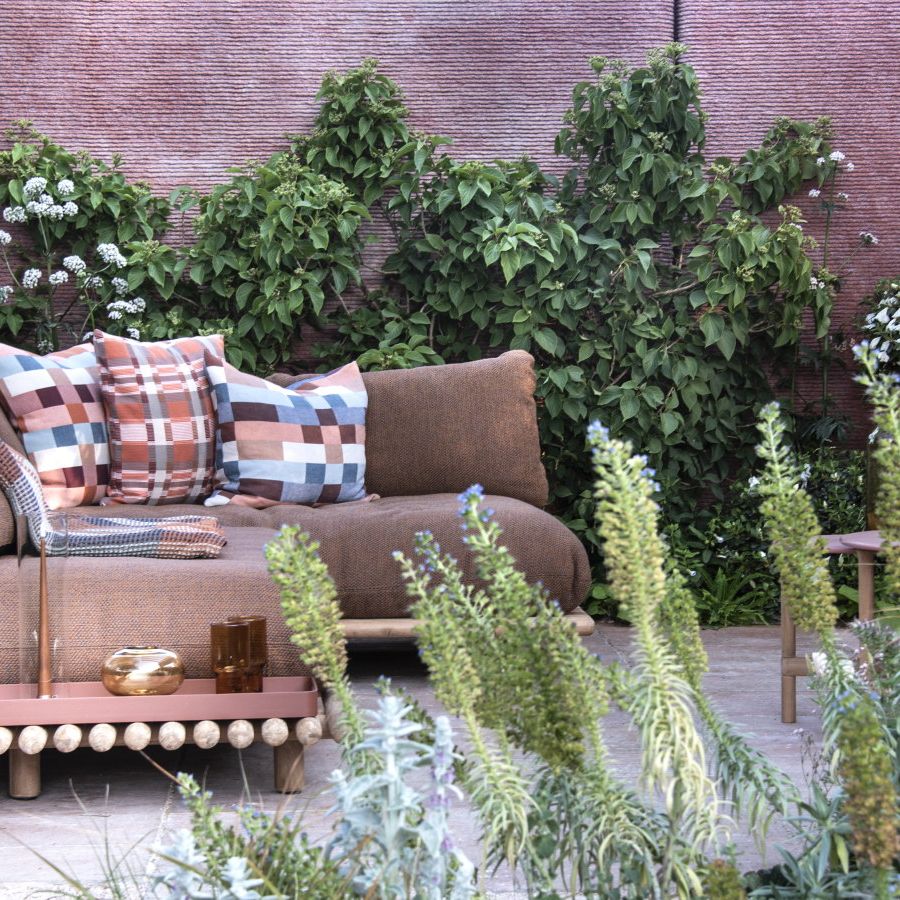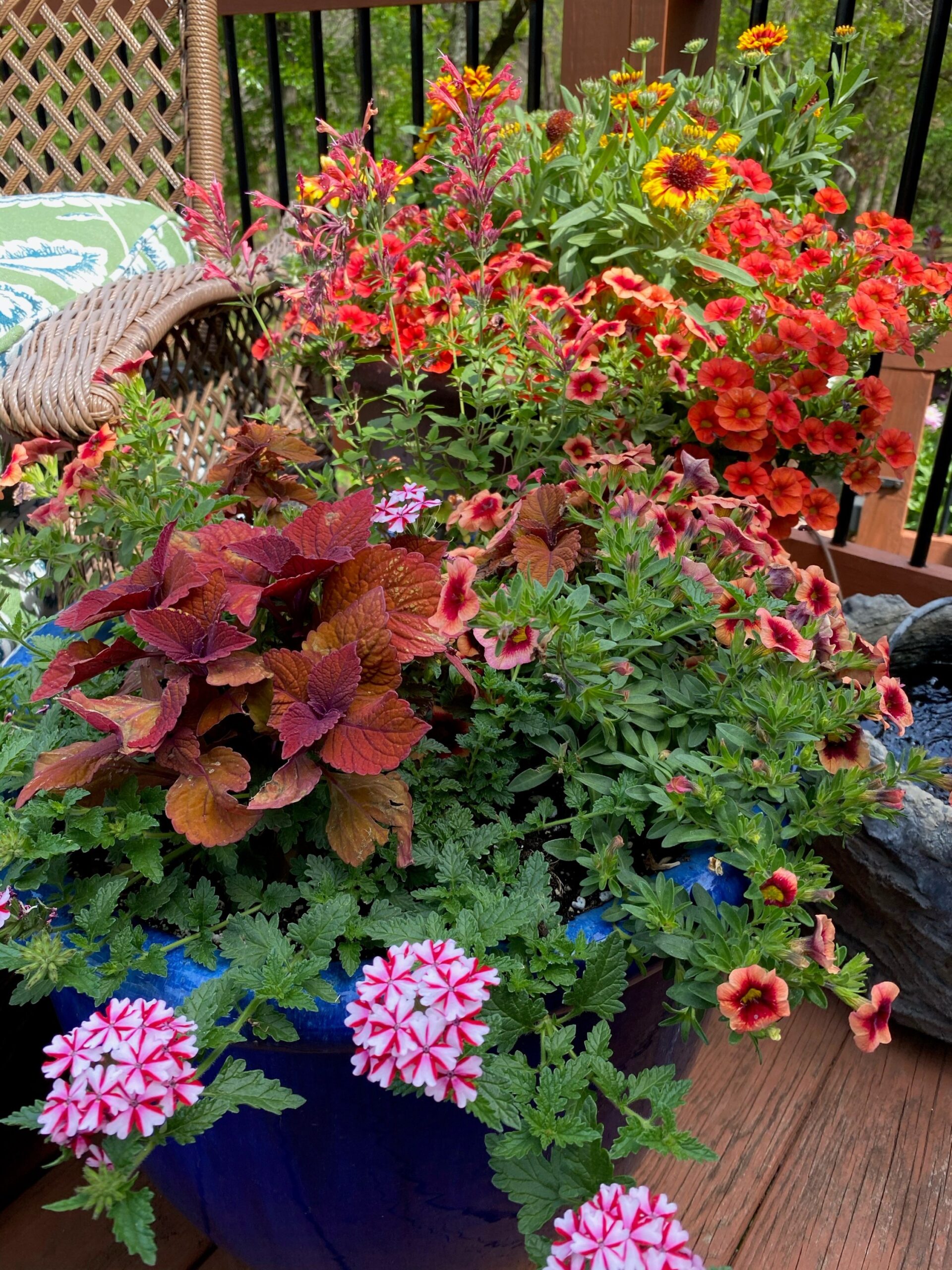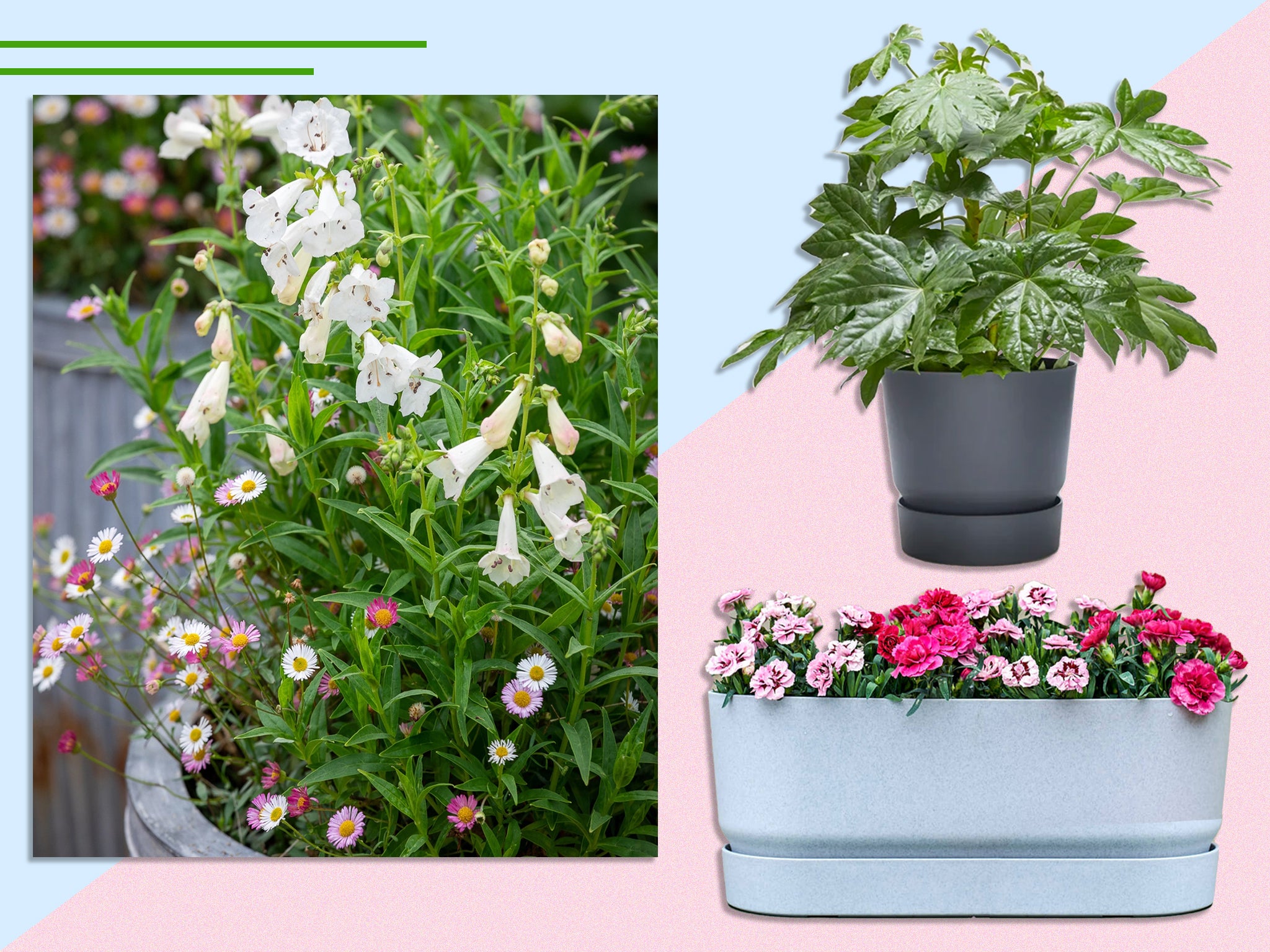Gardening often brings to mind sprawling yards, raised garden beds, or wide-open fields. But what if you don’t have the luxury of a large outdoor area? The great news is that many plants flourish just as well in unconventional containers—like simple buckets. Yes, the modest 5-gallon bucket (or even smaller sizes) can become a compact gardening powerhouse, enabling you to cultivate fresh vegetables, herbs, and even fruits in tight spaces. Whether you’re living in an apartment with a balcony or aiming to optimize your gardening area, bucket gardening presents a practical and budget-friendly option. In this guide, we’ll highlight five plants that surprisingly thrive in buckets, along with essential advice on soil preparation, watering, fertilizing, and care tailored for bucket-grown plants. By the end, you’ll be ready to transform a few buckets into vibrant mini-gardens right at home.
Why Buckets Are Ideal for Growing Plants

Before we jump into the plant list, let’s explore why buckets are a smart and often overlooked choice for container gardening:
- Cost-Effective and Easy to Find – Buckets are much cheaper than decorative pots and can often be reused from household items.
- Highly Portable – Unlike fixed raised beds, buckets can be relocated to catch the best sunlight or shield plants from cold snaps.
- Customizable – You can easily add drainage holes, attach handles, or paint them to complement your garden’s style.
- Space-Saving – Buckets fit perfectly on balconies, patios, or even along walkways, making them perfect for urban gardeners.
With the right soil mix and attentive care, these containers can support a wide variety of crops.
1. Tomatoes – A Timeless Favorite for Buckets

Tomatoes are among the most favored crops for bucket gardening, and it’s easy to see why. Their extensive root systems benefit from the depth a standard 5-gallon bucket offers.
Tips for Growing Tomatoes in Buckets:
- Container Size: Minimum 5 gallons per plant.
- Soil: Use a premium potting mix enriched with compost for extra nutrients.
- Drainage: Drill 4 to 5 holes in the bucket’s base to avoid water buildup.
- Support: Place a stake or tomato cage inside the bucket to support the vines as they grow.
- Watering: Keep the soil evenly moist but avoid waterlogging; bucket soil tends to dry out faster than garden beds.
- Varieties: Choose determinate or “bush” types like Roma or Patio Princess, which stay compact.
Why It Works: Buckets provide ample root space and portability, allowing you to move plants to follow the sun for optimal growth.
2. Potatoes – A Surprisingly Suitable Bucket Crop
Potatoes might not be the first plant you think of for buckets, but they adapt well to this method. Plus, harvesting is a breeze—just tip the bucket over when the season ends.
Tips for Growing Potatoes in Buckets:
- Container Size: Use a deep bucket, ideally 5 gallons or larger.
- Planting: Begin with seed potatoes. Add 3 to 4 inches of soil at the bottom, place the seed potatoes, then cover lightly with more soil.
Hilling Potatoes
As your potato plants develop, gradually pile soil or straw around the stems, ensuring the leaves remain visible. This technique boosts tuber growth effectively.
Watering Potatoes
Maintain consistently moist soil, but avoid overwatering since soggy conditions can cause potatoes to rot.
Harvesting Potatoes
When the foliage turns yellow and dies back, simply tip the bucket over to gather your freshly grown potatoes—no digging required.
Why Buckets Work for Potatoes
Using buckets simplifies the hilling process and makes harvesting effortless by just emptying the container.
Growing Peppers in Buckets
Both sweet and hot pepper varieties flourish in bucket gardens. Their relatively small root systems mean even 3 to 5-gallon buckets provide ample space.
Tips for Success:
- Container Size: Choose 3–5 gallon buckets for a single pepper plant.
- Soil: Opt for well-draining soil enriched with compost or organic fertilizer.
- Sunlight: Peppers require 6 to 8 hours of direct sunlight daily.
- Watering: Keep soil evenly moist, avoiding complete dryness.
- Fertilizer: Use a balanced fertilizer or one with a bit more potassium to enhance fruit production.
- Varieties: Bell peppers, jalapeños, cayenne, and banana peppers all thrive in containers.
Why Buckets Suit Peppers
Compact root systems make peppers ideal for container gardening, allowing them to thrive in limited space.
Lettuce and Leafy Greens: Quick and Space-Savvy
Leafy greens like lettuce, spinach, and kale grow exceptionally well in buckets due to their shallow roots and rapid growth, perfect for continuous harvesting.
Growing Tips:
- Container Size: Even a 2–3 gallon bucket can accommodate multiple plants.
- Soil: Use light, well-draining soil rich in organic matter.
- Spacing: Plant seeds close together or use the “cut-and-come-again” harvesting method.
- Watering: Keep soil consistently moist, as greens are sensitive to drying out.
- Sunlight: They prefer 4–6 hours of sunlight but tolerate partial shade, making them great for balconies.
- Harvesting: Regularly pick outer leaves to encourage fresh growth.
Why Buckets Are Perfect for Greens
Their shallow root systems thrive in minimal soil depth, making buckets an excellent choice.
Carrots: Surprising Success in Buckets
Though often overlooked for container gardening, carrots benefit greatly from buckets, which allow precise control over soil depth and texture—key for straight, healthy roots.
Carrot Cultivation Tips:
- Container Size: Use 5-gallon buckets at least 12–14 inches deep.
- Soil: Choose loose, sandy soil free of rocks and clumps to prevent misshapen roots.
- Planting: Sow seeds directly in the bucket; avoid transplanting due to delicate roots.
- Watering: Keep soil moist, especially during germination, to support root development.
- Varieties: Opt for shorter types like Nantes, Chantenay, or Paris Market.
Why Buckets Work for Carrots
Buckets provide control over soil conditions, essential for cultivating perfect carrots.
Essential Guidelines for Successful Bucket Gardening
Every plant has its own preferences, but these fundamental tips apply broadly to growing in buckets:
- Ensure Proper Drainage – Always create drainage holes at the bucket’s base to avoid soggy roots and water buildup.
- Choose Potting Mix Over Garden Soil – Potting soil is lighter and specially formulated for container growth, unlike heavier garden dirt.
- Feed Your Plants Consistently – Since bucket soil loses nutrients quickly due to frequent watering, regularly add compost, slow-release fertilizers, or liquid nutrients to keep plants thriving.
- Keep an Eye on Moisture – Containers dry out faster than ground beds, so maintain a steady watering schedule to prevent stress.
- Optimize Sunlight Exposure – Position your buckets where each plant can soak up the right amount of sun; portability makes this adjustment simple.
- Apply Mulch on Top – Covering soil with straw, shredded leaves, or wood chips helps lock in moisture and keeps soil temperatures stable.
Final Thoughts
You don’t need a sprawling garden to grow your own fresh produce. Buckets offer an affordable, movable, and flexible way to cultivate a variety of crops—from tomatoes and potatoes to peppers, leafy greens, and carrots. With the right soil, drainage, and attentive care, these simple containers can transform into productive mini gardens, perfect for apartments or homes with limited outdoor space. Next time you spot an empty bucket, envision it not just as a container, but as a budding garden ready to flourish.
Gardening Without Large Spaces
- Buckets (5-gallon or smaller) enable growing vegetables, herbs, and fruits in limited spaces like balconies or patios.
- Bucket gardening is practical, affordable, and space-efficient.
Why Use Buckets?
- Affordable and often repurposed from household items.
- Portable for sunlight optimization and frost protection.
- Customizable with drainage holes, handles, and decoration.
- Space-efficient for urban settings.
Top 5 Bucket-Friendly Plants:
-
Tomatoes
- Need 5-gallon buckets with good potting mix and drainage.
- Support with stakes or cages; keep soil moist.
- Choose determinate/bush varieties like Roma or Patio Princess.
-
Potatoes
- Use deep buckets; plant seed potatoes with soil layering (hilling).
- Keep soil moist but not soggy.
- Harvest by tipping the bucket.
-
Peppers
- Grow well in 3–5 gallon buckets.
- Require 6–8 hours of sun and balanced fertilizer.
- Suitable varieties: bell, jalapeño, cayenne, banana peppers.
-
Lettuce and Leafy Greens
- Thrive in 2–3 gallon buckets with light, organic-rich soil.
- Prefer 4–6 hours of sun or partial shade.
- Use cut-and-come-again harvesting.
-
Carrots
- Need 5-gallon buckets with 12–14 inches depth.
- Use loose, sandy soil; sow seeds directly.
- Ideal varieties: Nantes, Chantenay, Paris Market.
General Bucket Gardening Tips:
- Always drill drainage holes.
- Use potting mix, not garden soil.
- Fertilize regularly due to nutrient loss.
- Monitor moisture; buckets dry out faster.
- Position buckets for appropriate sunlight.
- Mulch to retain moisture and regulate temperature.
Conclusion
- Buckets transform small spaces into productive gardens.
- Suitable for a variety of crops with proper care.
- An empty bucket can be a mini garden waiting to grow.
